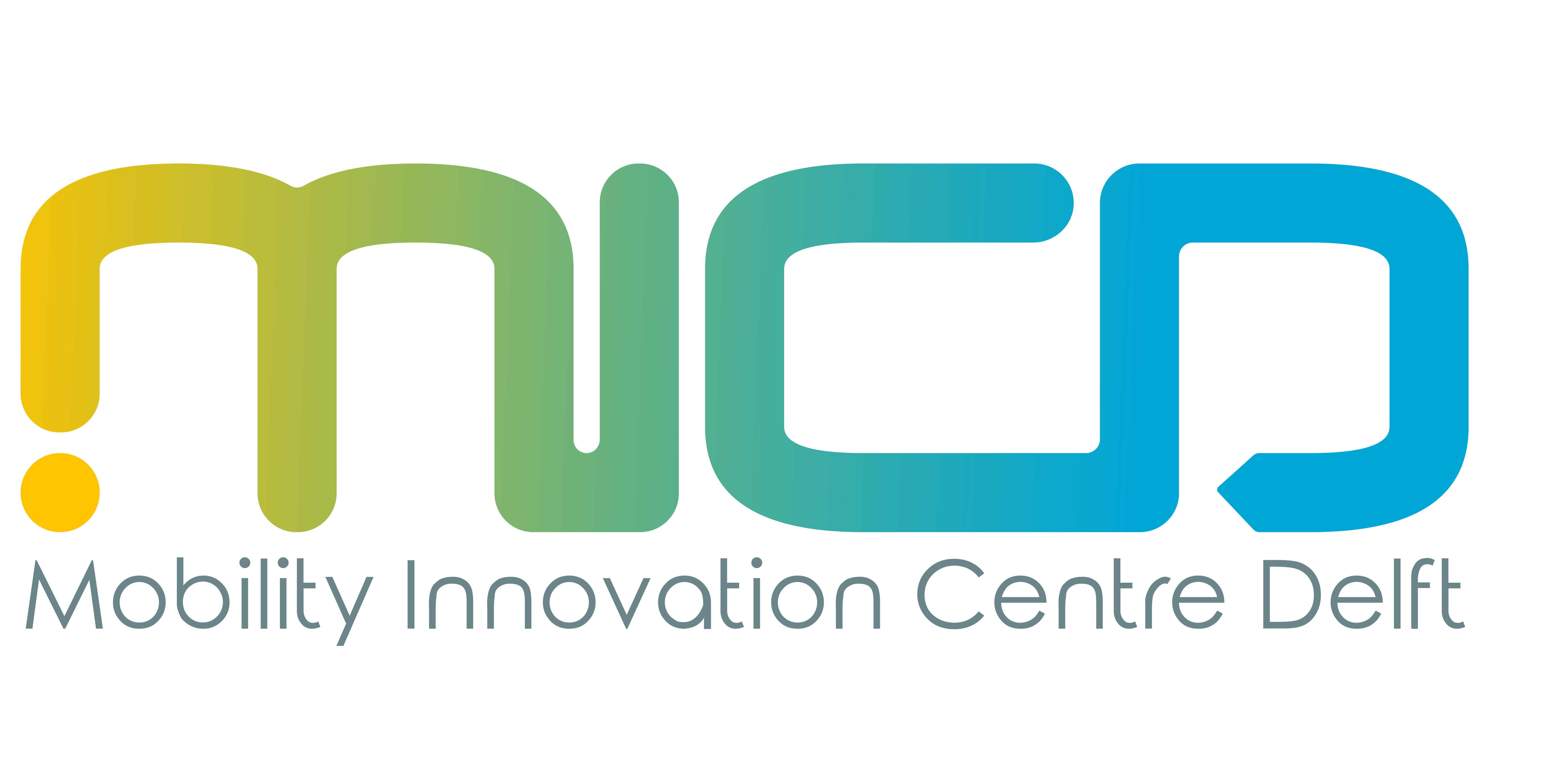Cities are getting busier: with more inhabitants, more visitors and more logistics traffic. Keeping the future cities liveable is a major challenge. Within limited space, practical and sustainable solutions are required to enable moving around, liveability and recreation.
Duration
2023 – 2028Partners (TU Delft)
TU Delft-CEG, department of Transport & PlanningPartners (other)
Please see below.
In public areas, private cars take up a relatively large amount of space, even though they are not used most of the time. Smart mobility solutions can decrease the use of private cars. Think of a flexible combination of walking and cycling, shared electric vehicles, public transport and delivery traffic. However, we lack the tools to test these solutions. The XCARCITY research program is designed to fill that gap.
Realistic replicas
The XCARCITY researchers develop realistic digital replicas of car-low areas in Amsterdam, Almere and Rotterdam using the ‘digital twins’ to study how people use different smart mobility services.
The digital twins envision the actual use of the diverse forms of mobility by monitoring traffic movements. The models mostly use measurement data that are already available. Besides data on transport, data on the characteristics of the neighbourhood, the environment and the inhabitants is included as well. The aim is to understand – and in term to predict – how people travel and why they travel. Additional data gathered from tests performed with virtual reality, will provide a more detailed insight on traveller’s behaviour, preferences and acceptance.
Digital twins are used in several ways in this research. MICD coordinates how these digital replicas are connected and how data is interchanged. For example, in an XR (extended reality) environment, tests are performed to measure and analyse interaction between pedestrians, bikers and all kinds of motorised traffic. These models show current traffic situations and can make a medium-term prediction of future traffic, in case of a road closure or when introducing new forms of mobility such as shared scooters. On the other hand, digital twins are used for long term modelling and predictions, for instance to provide useful information when designing a new urban area. Given the number of houses, businesses and recreation possibilities, future traffic infrastructure can optimally be designed.
Using historical and realtime data in combination with smart data modelling for future city design will help cities, area developers and mobility providers to make informed decisions about smart mobility, ensuring that the car-low urban regions of the future remain accessible.
Partners
TU Delft, TU Eindhoven, University of Twente, TNO, ABB Bouwkracht, BAM, Buck Consultant International, DTV Consultants, FSD, Future Mobility Network, Goudappel, Map, Mobycon, Open Remote, PON, RET, Royal Haskoning DHV, Technolution, VR base, Witteveen Bos, Municipality Almere, Municipality Amsterdam, Municipality Rotterdam, Ministry of Infrastructure and Water Management, Metropoolregio Rotterdam Den Haag, Rijkswaterstaat, Advanced Metropolitan Solutions, Kennisplatform Crow, Planbureau voor de Leefomgeving, SWOV, Connekt, Fietsersbond.
